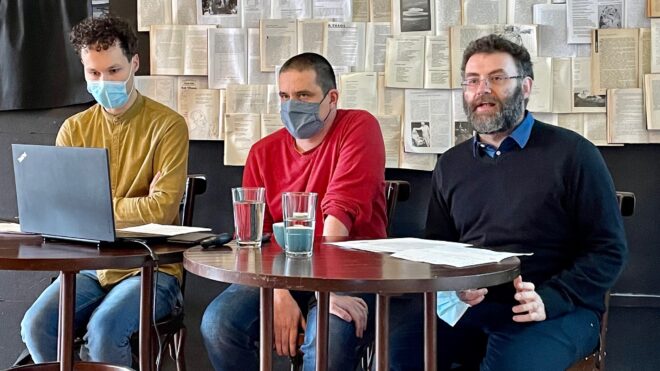The purpose of the press conference is twofold. On the other hand, we would like to introduce the Transylvanian Hungarian audience to the possibilities of social media content analysis (the so-called Big Data approach) in political science and social research analysis more broadly. On the other hand, we want to use these methods to better understand the rise and electoral success of AUR.
Content analysis of social media
The COVID19 outbreak has reinforced existing trends. Political processes (and social interaction more broadly) are increasingly moving online. In the midst of the pandemic, the 2020 municipal and parliamentary election campaigns were online campaigns to an even greater extent than before, and in the midst of the austerity measures, the possibility of questionnaire surveys or focus group discussions had also been very limited. This period has seen a dumping of online opinion polls, yet has not solved the methodological problems associated with them. An online opinion poll can be very useful and indicative, but it is by no means representative even for the Internet users. There is much more potential in the so-called Big Data approach to replace – or, once we are beyond the epidemic crisis, to complement – traditional data collection. This approach is made possible precisely by the fact that a significant part of political (and other types of) events take place in the online space, which allows us to observe social media events directly and grasp the dynamics of the processes over time. In this respect, Big Data is different (and in some ways more) than traditional methods. A consortium consisting of the Bálványos Institute and two public opinion research companies, Transylvania Inquiry and TT Research and Communications, has developed a social media content analysis facility and protocol. Social researchers (Tamás Kiss, Tibor Toró, and Zalán Tamás Jakab), a communication specialist (Tamás Toró) and two IT specialists (Róbert Terkál, Balázs Sándor) participated in the work. The aim was to develop an analysis template that would allow for both the scientific and communication/marketing analysis of the political processes. The presented analytical procedure is obviously not a novelty internationally; however:
- To the best of our knowledge, there is no similar analytical facility in Hungarian social and communication research in Transylvania, and,
- In those segments of political science research in which we are engaged (e.g. populism, nationalism, minority and xenophobia), it is also well-suited as a method towards better empirical grounding.
Our analysis template or protocol is divided into 5 phases:
- Defining the analytical universe (delimiting relevant sites)
- Formal trend analysis (analysis of posts/edited content and related interactions over time)
- Quantitative content analysis of edited content/posts
- (Qualitative) discourse analysis of edited content/posts
- Content analysis of comments
These phases will be illustrated through an analysis of the AUR “universe” and George Simion’s Facebook postings.

